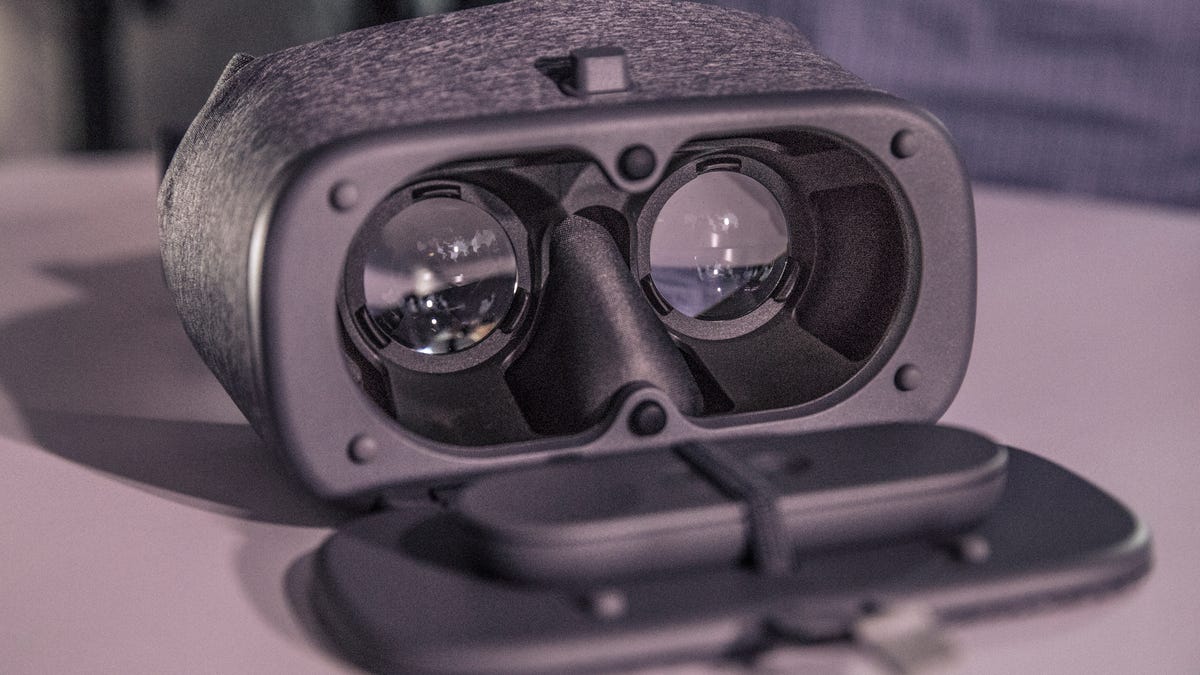Is Google working on an eye-tracking headset?
The company's standalone VR headset project is reportedly alive and well -- and it might keep track of where your eyes are pointing.

Virtual reality is pretty neat -- until you run into a wall, or trip over a cord.
Generally, you're not going to do a lot of walking in VR. But Google may be working on a totally wireless, standalone headset that can map out the real world around you. It might even follow your gaze thanks to eye-tracking, too.
Though Recode reported in July that Google's standalone VR headset project had been shelved, Engadget wrote Monday that the idea is alive and well. The new headset, according to the report, would have its own built-in computer instead of requiring a PC or phone, would have eye-tracking tech and use computer vision chips from Movidius to help figure out where it is in a room.
If Engadget's report is accurate, it could put Google into closer competition with Facebook's Oculus, Intel, and Qualcomm, which have each shown off completely wireless VR headsets, too. (Intel is currently in the process of buying chipmaker Movidius, which also supplies vision chips for the DJI Phantom 4 drone.)
Google didn't immediately reply to a request for comment, and Movidius declined to comment for this story.
Facebook's wireless Oculus Santa Cruz prototype.
At the recent Oculus Connect developer conference, Facebook CEO Mark Zuckerberg identified standalone wireless headsets as a potential new market between high-end headsets which require a PC, and lower-end models where you insert an existing smartphone.
But neither Facebook's wireless Oculus Rift nor even the Microsoft HoloLens have shown off eye-tracking, a feature which could be very valuable for future headsets. Among other things, an eye-tracking headset could spend its processing power putting the best graphics where you're looking, instead of wasting them on your peripheral vision. It's a technique called foveated rendering.
Google already has its own entry-level VR headset, the $79 Daydream View, which will work with the company's new Pixel phones when it goes on sale in November. Separately, the company has partnered with Lenovo to create a phone with its Tango augmented-reality tech, which also comes out in November.
Update, October 25: Eyefluence, a company specializing in eye-tracking tech for headsets, just announced it's been purchased by Google -- so this report is sounding a bit more likely. (Good timing!)

